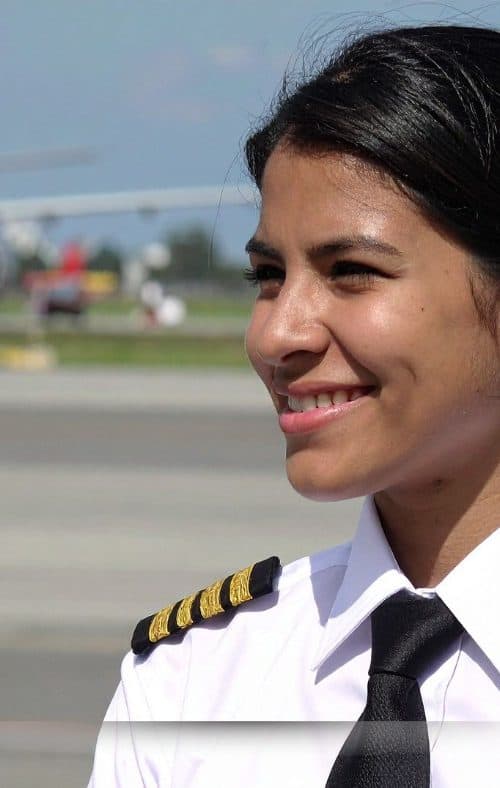The ongoing Russia Ukraine conflict is affecting aviation in many ways. The once open Russian market is now very restricted and increasingly isolated. Looking wider, the impact is being felt by many airlines and operators, through both rising prices and significant airspace restrictions. These issues will remain, with varying impact, as long as the conflict continues.
Aviation Guides
- What is Sustainable Aviation Fuel?
- A Short Guide to FBO’s – the Dos and Dont’s
- Current Risks to Aviation
- How Air Cargo is Revolutionising the Global Economy
- The Cost To Operate A Private Jet
- Infrastructure For Sustainable Aviation Fuel
- Why There Is A Need To Improve Aviation Industry
- Emergency Flight Charter
- Diplomatic Flight Operations
Effect on aviation in Russia
Needless to say, the conflict is having a major effect on Russian domestic and international aviation. Russia is a large market, and airlines will no doubt suffer as the conflict continues. As just a couple of major examples, Aeroflot was forced to raise around $3 billion in 2022 in an emergency share issue, and S7 Airlines has had its membership of the oneworld alliance suspended.
According to analysis by Frost & Sullivan, Russian airlines carried over 125 million passengers before the pandemic, with 57% of this domestic travel. While domestic travel continues, there is limited international flying due to restrictions on Russian airlines in many countries. According to data reported by Reuters, overall passenger numbers for Russian carriers was down around 20% in September 2022, compared to the year before.
Maintenance and use of foreign aircraft
Availability and maintenance of aircraft is a further challenge for Russian airlines. With sanctions in place preventing sales of parts to Russia, the operation of foreign aircraft will get increasingly difficult. There are many reports of grounded aircraft being stripped for parts to keep other aircraft flying. Needless to say, safety is a long-term concern here as well.
This affects a large part of the aircraft fleet in Russia. Again, according to analysis by Frost & Sullivan, just over 43% of the narrowbody and regional fleets of the top 8 Russian airlines are made of the Russian manufactured Superjet. The remainder are Boeing (32%), Airbus (15%), ATR and Embraer aircraft. All widebody aircraft are from Boeing and Airbus. Expanding long-haul operations will become a real challenge as long as sanctions remain in place.
Going forward, it is likely the number of Russian aircraft will increase. This will take time though, and operations could be tough until then. As the best example of this, Aeroflot ordered 300 new aircraft from Russia’s United Aircraft Corporation in 2022.
The leases of foreign aircraft are another major issue. In many cases, aircraft are leased from Western leasing companies and payments for this have stopped. Air Lease Corporation, for example, claims it is losing $18 million per quarter in aircraft lease costs. Short term, this is impacting the leasing sector heavily. Longer-term, will these airlines be able to lease again?
Restriction on foreign airlines
While flight restrictions clearly have the biggest impact on Russian airlines, foreign operators are affected as well. Many countries (including the US, UK, and EU) airline’s are banned from using Russian airspace and airports and have had to cancel routes. They are also not operating to Ukraine due to the conflict.
For many large airlines, this is just the loss of international routes to Moscow and Kiev out of their network, but for some smaller European airlines it is much more significant. airBaltic has lost over 10% of its destinations for example. Austrian Airlines, Wizz Air, and Lufthansa have lost around 5% (according to Frost & Sullivan).
Airspace restrictions and lengthened routes
The closure of Russian airspace to many foreign airlines remains challenging, although most have now well adapted. Avoiding the large area of Russian airspace (as well as that over Ukraine) can have a significant impact on flight duration, and fuel and operating costs.
Airlines have been affected differently depending on their base location and routes. Routes from Europe to Asia are badly affected. Finnair is amongst the worst hit, with its strategy of operating connecting flights to Asia via its Helsinki hub ruined by the airspace closure. Many other airlines have adapted routes to avoid Russia and Ukraine, but this can increase flight times by 1.5 to 2 hours.
We may see some changes to this as the Chinese aviation market opens up. From the end of 2022, China has rapidly reversed its zero-COVID policies, and with this aviation activity is increasing dramatically. Chinese airlines are not restricted from Russian airspace, and we may see more use as services resume. With increasing congestion on alternative routes, other airlines may look to re-enter Russian airspace too.
Rising jet fuel prices
The other aspect of the crisis that cannot be ignored is its impact on fuel prices. Fuel costs generally make up around 30% of operating expenses, and airlines are thus very susceptible to changes in these.
The timing of these rises was particularly bad. They came just as airlines were starting to pick up post-pandemic, and largely still facing big losses. In 2022, fuel prices rose to a 14 year high amidst the conflict. According to IATA, prices rose by an incredible 70% just in the first six months of 2022. They have stabilised somewhat since, but uncertainty remains a challenge for the industry.
Final Thoughts
The ongoing conflict is causing many problems in aviation – both within Russia and for airlines and operators globally. Russian airlines are heavily hit, and could struggle to rebuild. Outside Russian, some airlines are more affected than others, but continued issues with high fuel prices and restricted airspace affects many. There is no knowing when the situation will improve, but until it does, these factors are all important to keep in mind.
Sources:
Frost & Sullivan research and stats: https://www.frost.com/frost-perspectives/impact-of-the-russia-ukraine-crisis-on-aviation/
Reuters Russian traffic data: https://www.reuters.com/business/aerospace-defense/russian-september-airline-traffic-down-20-under-effect-sanctions-2022-11-02/
Eurocontrol data on routes: https://simpleflying.com/ukraine-russia-conflict-flight-distance-impact/
CONTACT OUR TEAM TODAY
If you are struggling with flight support or any of its complexities, feel free to contact our team today for more information.
Aviation News




